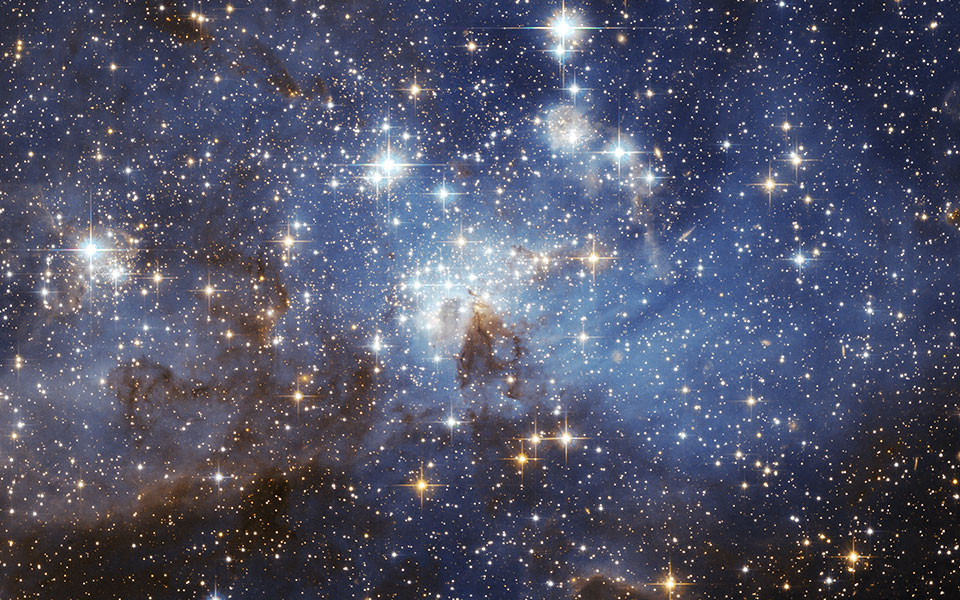London, May 17: Japanese scientists have identified some of the first stars to form in the Universe just 250 million years after the Big Bang, according to a study published in Nature magazine.
Using the giant ALMA telescope in Chile, researchers were able to observe the distant galaxy MACS1149-JD1 when it was just 550 million years old, a time when it contained stars that were about 300 million years old, the study published on Wednesday said.
The galaxy's "red shift," a measurement technique that shows the distance to, and the age of astronomical objects, which was determined to be 9.1096, the largest value ever detected to date using spectral line analysis, Efe news reported.
The Japanese researchers arrived at that red shift measurement using the spectral lines of ionized oxygen insted of using ionized carbon, as is normally done in examining distant objects.
The results demonstrate the usefulness of ALMA as a tool for measuring the red shift of distant galaxies, Rychard Bouwens, an astrophysicist at Leiden University, said in another article in Nature.
The work of Takuya Hashimoto and his group at Osaka Sangyo University sheds light on the formation of the first stars and suggests that future telescopes - such as the James Webb Space Telescope, which will replace the Hubble 'scope in orbit starting in 2020 - could find new evidence on the formation of first-generation stars, Bouwens said.
Scientists believe that the Universe's first stars formed in regions of very dense matter, although understanding of that process is still limited.
Bouwens emphasised that it was still not clear whether the stellar activity detected in MACS1149-JD1 occurred in other regions in the early Universe, but he added that the discovery would spur similar studies of other galaxies.
Let the Truth be known. If you read VB and like VB, please be a VB Supporter and Help us deliver the Truth to one and all.
Mumbai (PTI): Rupee depreciated 9 paise to an all-time low of 90.58 against US dollar in early trade on Monday, weighed down by uncertainty over an India-US trade deal and persistent foreign fund outflows.
Forex traders said rupee is trading with a negative bias as investors are in wait and watch mode and awaiting cues from the India-US trade deal front.
At the interbank foreign exchange market, the rupee opened at 90.53 against the US dollar, then fell further to an all-time intraday low of 90.58 against the greenback, registering a fall of 9 paise over its previous close.
On Friday, the rupee had slipped 17 paise to close at an all-time low of 90.49 against the American currency.
Meanwhile, the dollar index, which gauges the greenback's strength against a basket of six currencies, was trading 0.05 per cent lower at 98.35.
Brent crude, the global oil benchmark, was trading higher by 0.52 per cent at USD 61.44 per barrel in futures trade.
On the domestic equity market front, the 30-share benchmark index Sensex was trading 298.86 points lower at 84,968.80, while the Nifty was down 121.40 points at 25,925.55.
Foreign Institutional Investors sold equities worth Rs 1,114.22 crore on Friday, according to exchange data.
"FPIs continue to be in selling mode in equity and debt while RBI has been selling dollars to fund their long positions," said Anil Kumar Bhansali, Head of Treasury and Executive Director Finrex Treasury Advisors LLP.





